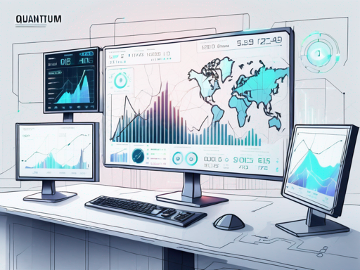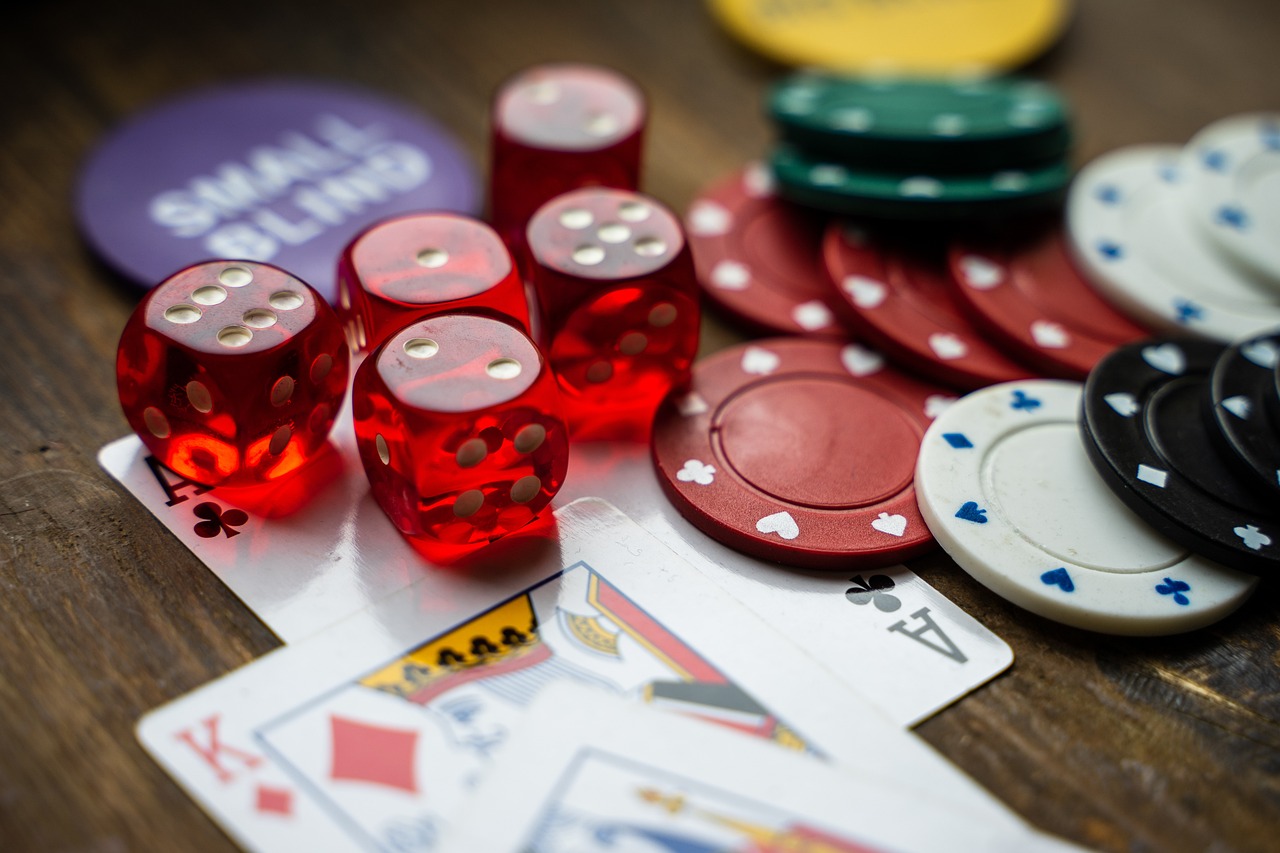The last time we reported on the Atari VCS was back in March of this year and how it’s using the 14nm AMD processor featuring high-performance Radeon Vega graphics architecture and two “Zen” CPU cores. As of now, a new blog post by Atari on Medium details the UI on the Atari VCS, its applications, and its retail launch in 2020.
Unlike the last blog post, this new one on medium.com by Atari’s COO Michael Arzt touches on a wide variety of topics due to its an interview-like structure.
First and foremost, the Atari VCS design and engineering teams are reported to have returned from extended trips to China, where they have been working with Atari’s manufacturing partners on final details in preparation for “system” and “peripherals mass production.”
The first question on the list askes the COO of Atari about the original launch for the VCS in late spring/early summer of 2019, the delayed launch of March 2020, and if fans should expect another setback. Here’s what Arzt had to say:
“In March 2019, we decided to make some modifications to our hardware in order to improve the system’s performance and life span by upgrading the microprocessor to AMD Ryzen™, the latest generation of AMD chips. This important change was not made lightly and was based on feedback from the Atari VCS backer community, internal user research, device testing, and planned in close collaboration with our development partners.
The biggest change came as a result of work with our partners at AMD, when we were offered the opportunity to incorporate an all-new microprocessor built on a more powerful and more efficient architecture. The team is well-aware that the delay impacted our backers, but feels strongly that we made the right decision to improve the product’s performance.”
During the COO’s first answer, the post on Medium reveals the Atari VCS pre-production assembly line as of November 2019, which highlights the console’s USB and HDMI ports, Ethernet slot, AC groove, and power button, along with its noticeable vents (far left and far right).
Arzt’s response to the first question continues and covers the final stages of software development and how the team is ramping up efforts to bring additional game/app developers on board:
“We are also in the final stages of software development and ramping up our efforts to onboard additional game and app developers.
In terms of software, our Atari VCS GUI and storefront is being developed in Unity and is almost complete. The Atari VCS is fully compatible with the Unity game engine, which powers almost 50 percent of the world’s games, and we are working closely with Unity to ensure that their large and talented developer community has the resources and support it needs to bring the best games and apps to the Atari VCS platform. We have several studios lined up for the VCS launch window and will have more to say about them and their titles when we are closer to retail launch.”
Skipping to the third question, it touches on the redesign of the Atari VCS and the importance behind it. Here’s what the COO had to say about the “improved” redesign:
“The first and most impactful improvement was the switch to the new AMD Ryzen™ Embedded R1000 SoC in order to support 4K 60fps HDR content. The all-new Ryzen APU is also faster, cooler, and more efficient, allowing the VCS to benefit from a simpler and more effective power architecture and thermal solution. The new processor includes built-in Ethernet, Native 4K video with modern HDCP, and a secure frame buffer that fully-supports DRM video. This upgrade will translate to better overall performance in a cooler and quieter machine.
We also announced some great changes to the industrial design of the Atari VCS, including a subtle rise to the base of the chassis that both looks better and allowed us to add front-facing USB 3.0 ports which makes them more accessible and therefore more useful to our users. Modifications were made to both the Modern Controller and Classic Joystick as well. These improvements came from rounds of internal testing that helped us identify more specific requirements for the products, allowing us to also incorporate feedback from backers who are most passionate about the project.”
Later, when asked if the Atari VCS will have original games, native apps, or a browser experience, it seems as if it will sport all three according to Arzt:
“The Atari VCS will be a gateway to a mix of original games and native apps. The primary way to access games and services will be through the proprietary Atari VCS interface and app store. If a service is not available as an app on our platform at launch, it can still be accessed through the internet browser. Content will include classic, new, and indie games from both Atari and third-party developers, along with entertainment apps for streaming video content, including TV shows and movies.
We have several game studios lined up for the VCS launch window and will have more to say about them and their titles when we are closer to retail launch. Our compatibility with Unity obviously opens things up as well.
In addition, the exclusive Atari VCS Edition of the Antstream Arcade app will give Atari VCS users immediate access to a library of more than a thousand licensed retro games.”
Arzt continues:
“The primary way to access games and services will be through the proprietary Atari VCS interface and app store. For example, if a service such as Netflix is not available as an app on our platform at launch, it can still be accessed through the web browser and the Sandbox Mode really allows unlimited possibility to reach anything on the web.
We don’t expect the pre-launch version shipping to our Indiegogo backers to have a full complement of native third-party apps. There will be games to play and things to do, but the first big wave of apps isn’t likely to come before Q1 of next year as we build toward our full retail launch and see a ramp up of the installed base. Much of this is obviously dependent on the app development timelines and contributions of any developers looking to make their apps available on the Atari VCS.”
Finally, Arzt says the revised delivery date for Indiegogo backers is weeks away and not months. However, the Indiegogo backers are “guaranteed” to get their consoles before the general public.
For more details on the Atari VCS, you can hit up medium.com for more information.






